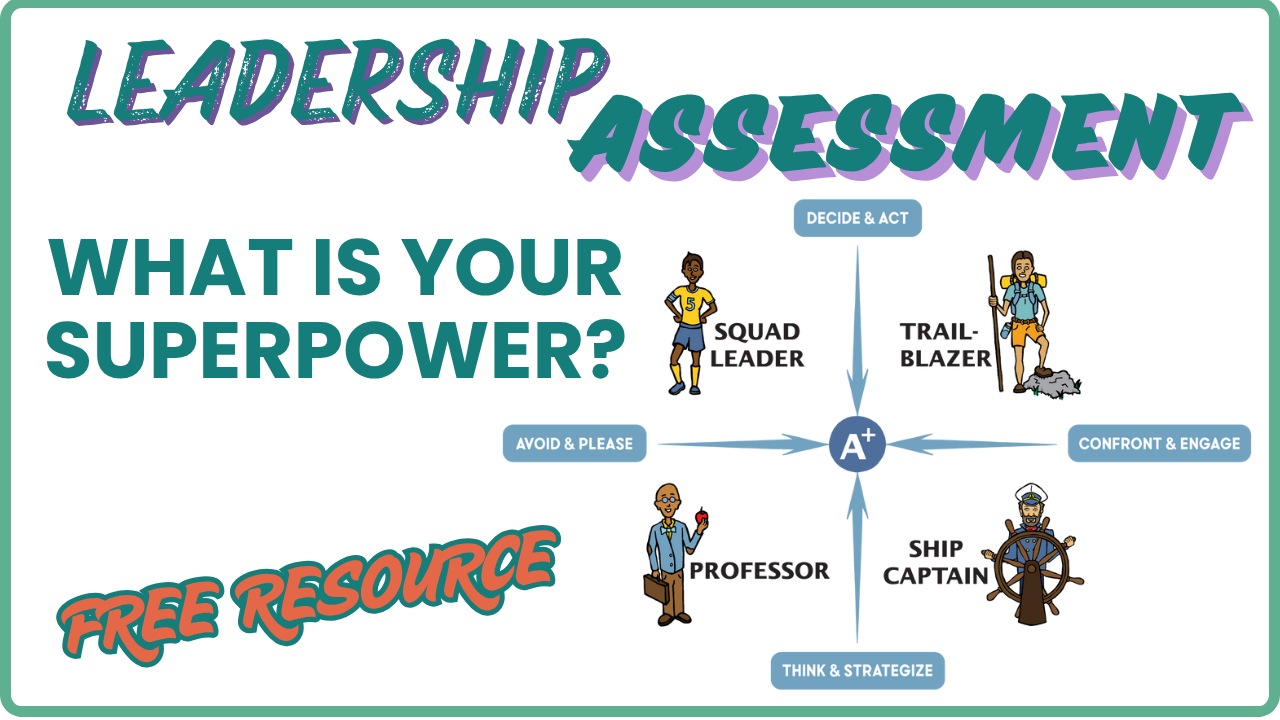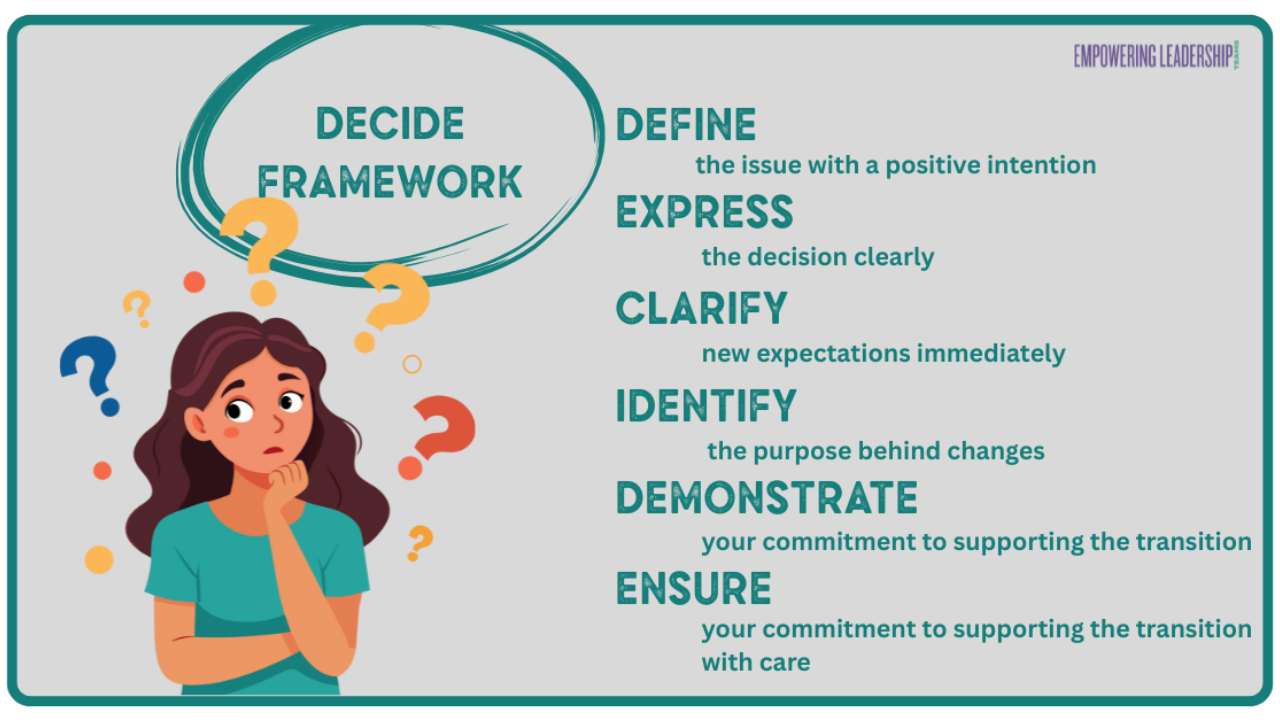Beyond Words: Mastering Active Listening for Exceptional Team Leadership

As a leader in today's fast-paced business world, I've come to realize that one of the most undervalued yet critical skills is active listening. It's not just about hearing the words spoken by our team members; it's about truly understanding the meaning behind those words, the emotions driving them, and the unspoken needs they represent.
The Power of Pause and Curiosity
I remember a pivotal moment in my leadership journey when I was introduced to a simple yet profound technique. A fellow CEO shared his approach to handling seemingly "terrible" ideas in team meetings. Instead of dismissing them outright, he would pause and say, "That's interesting. Could you tell me more about that?" This small shift in approach opened up a whole new world of understanding and collaboration within his team.
Intrigued, I decided to implement this technique in my own leadership practice. The results were astounding. Ideas that I might have previously brushed off as impractical or misaligned often held kernels of insight that proved invaluable. By giving team members the space to elaborate on their thoughts, I gained access to perspectives and information I wouldn't have otherwise considered.
This experience taught me the importance of curiosity in leadership. When we approach conversations with genuine interest, we create an environment where team members feel valued and heard. This, in turn, fosters a culture of open communication and innovation.

Listening Beyond the Surface
As I delved deeper into the practice of active listening, I began to notice patterns in team dynamics, especially during times of change. Resistance to new ideas or restructuring efforts often masked deeper concerns. What might appear as stubbornness or negativity on the surface was frequently rooted in fears about job security, concerns about competence in new roles, or a need for greater clarity about the direction of the company.
By honing my listening skills, I learned to hear beyond the immediate complaints or objections. I started asking questions like, "What's your biggest concern about this change?" or "How do you see this impacting your role?" These inquiries allowed me to address the real issues at hand, providing the support, clarity, or reassurance that team members needed to embrace change positively.
The Empathy Connection
Perhaps the most profound impact of active listening has been on my ability to empathize with my team. By truly hearing their perspectives, concerns, and ideas, I've developed a deeper understanding of their experiences and motivations. This empathy has been crucial in building trust, fostering loyalty, and creating a more cohesive team environment.
I've found that when team members feel genuinely understood, they're more likely to go above and beyond in their roles. They become more engaged, more creative, and more committed to the company's success. Active listening, therefore, isn't just a communication tool—it's a powerful driver of employee satisfaction and productivity.
Practical Steps for Developing Active Listening Skills
For leaders looking to enhance their active listening skills, here are some practical steps I've found helpful:
- Practice the pause: When someone shares an idea or concern, resist the urge to respond immediately. Take a moment to digest what's been said and consider its implications.
- Ask open-ended questions: Encourage elaboration with questions that can't be answered with a simple yes or no. This allows for a more comprehensive understanding of the speaker's perspective.
- Reflect and summarize: After someone has shared their thoughts, try paraphrasing what you've heard. This not only ensures you've understood correctly but also shows the speaker that you're actively engaged in the conversation.
- Pay attention to non-verbal cues: Body language, tone of voice, and facial expressions often communicate as much as words do. Be attuned to these signals to gain a fuller picture of what's being conveyed.
- Create a safe space for sharing: Foster an environment where team members feel comfortable expressing their ideas and concerns without fear of judgment or reprisal.

The Ripple Effect of Active Listening
As I've integrated active listening into my leadership style, I've witnessed its positive impact ripple through the entire organization. Teams collaborate more effectively, conflicts are resolved more easily, and decision-making processes have become more inclusive and effective.
Moreover, I've found that when leaders model active listening, it tends to spread throughout the company culture. Team members begin to listen more attentively to each other, fostering a more supportive and productive work environment overall.
In conclusion, active listening is far more than a soft skill—it's a fundamental leadership competency that can transform team dynamics and drive business success. By cultivating curiosity, empathy, and understanding through active listening, we as leaders can create more resilient, innovative, and cohesive teams capable of navigating the complex challenges of today's business landscape.
As we move forward in an increasingly complex and fast-paced world, the ability to truly hear and understand our teams will be what sets exceptional leaders apart. So, I encourage you to start your active listening journey today. The rewards—for you, your team, and your organization—are immeasurable.
Related Video:
Stop Talking, Start Hearing: How Active Listening Transforms Teams
Related Articles:
Business Is Complex—Listen For Nuances To Improve Your Leadership Reputation
The Critical Role of Psychological Safety in Fostering High-Performing Teams
How Mindfulness Strengthens You As A Business Leader

















